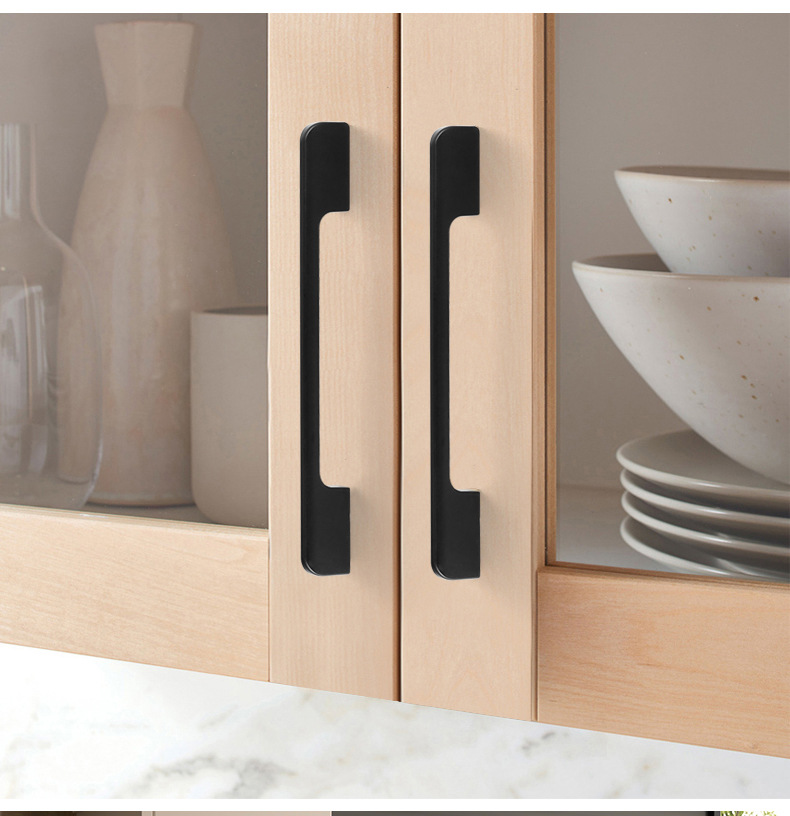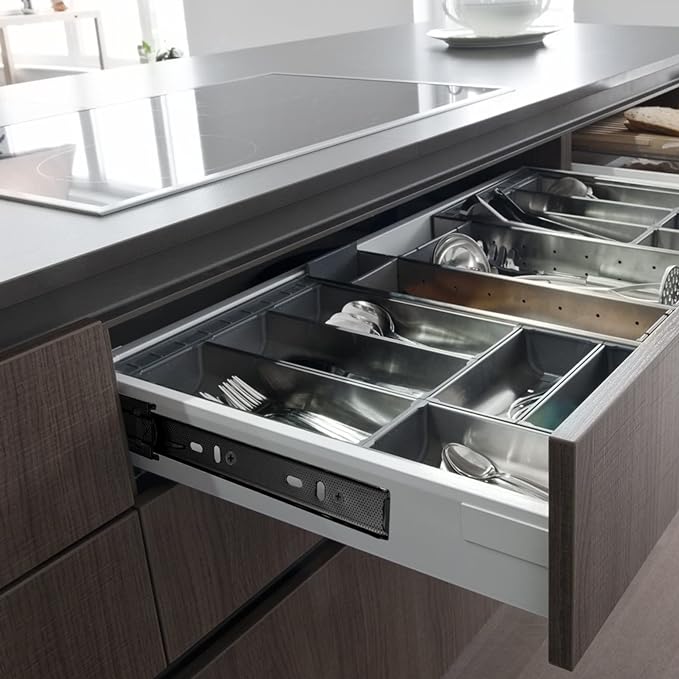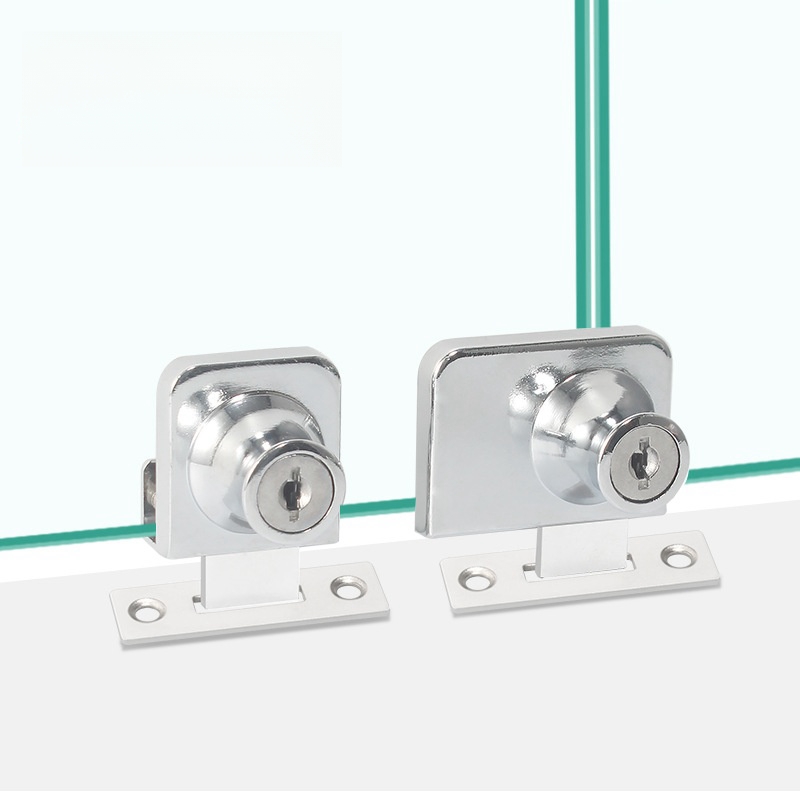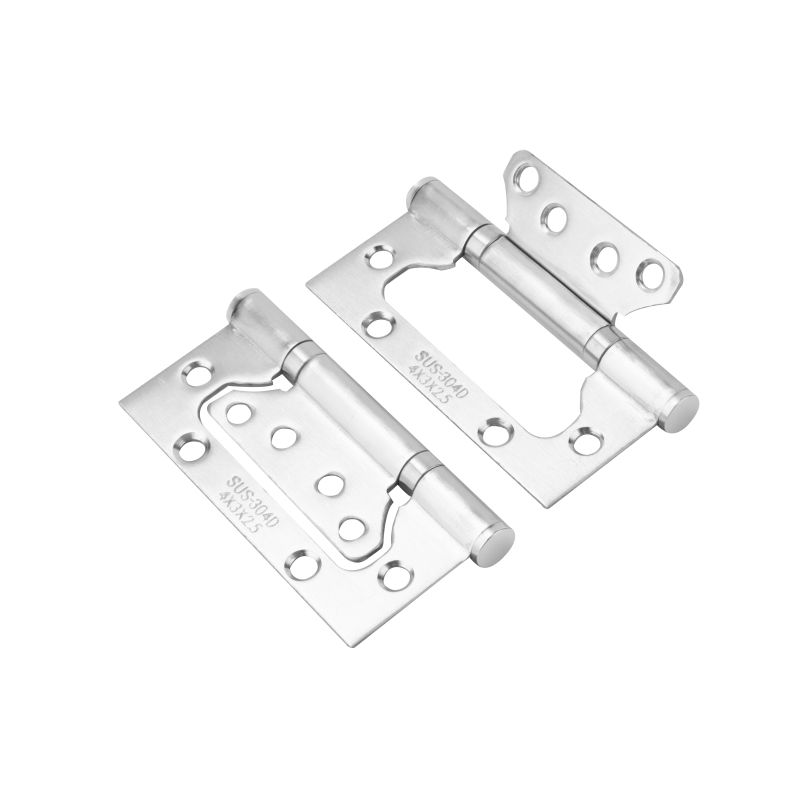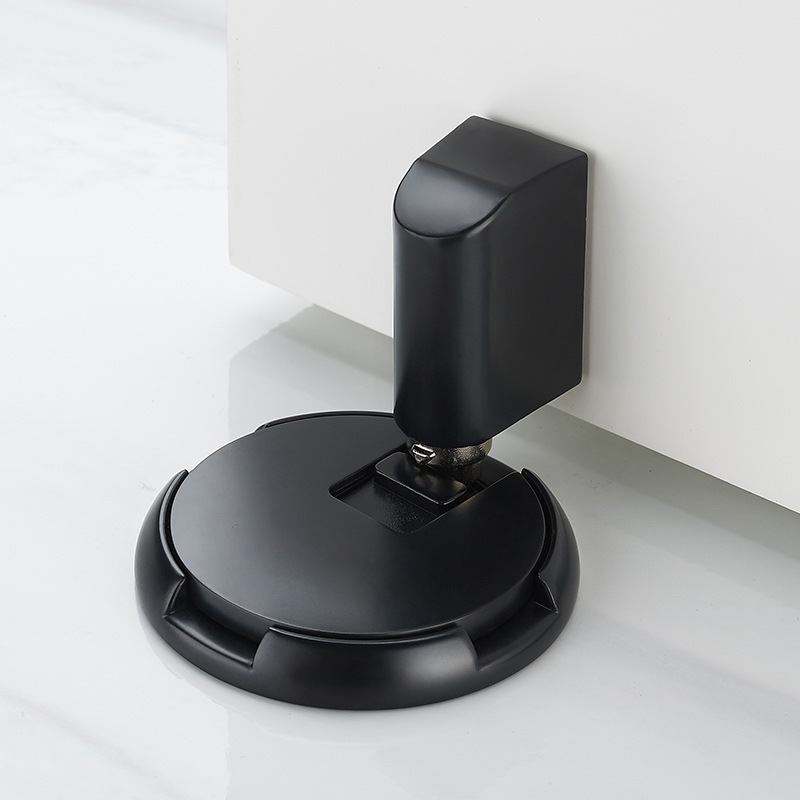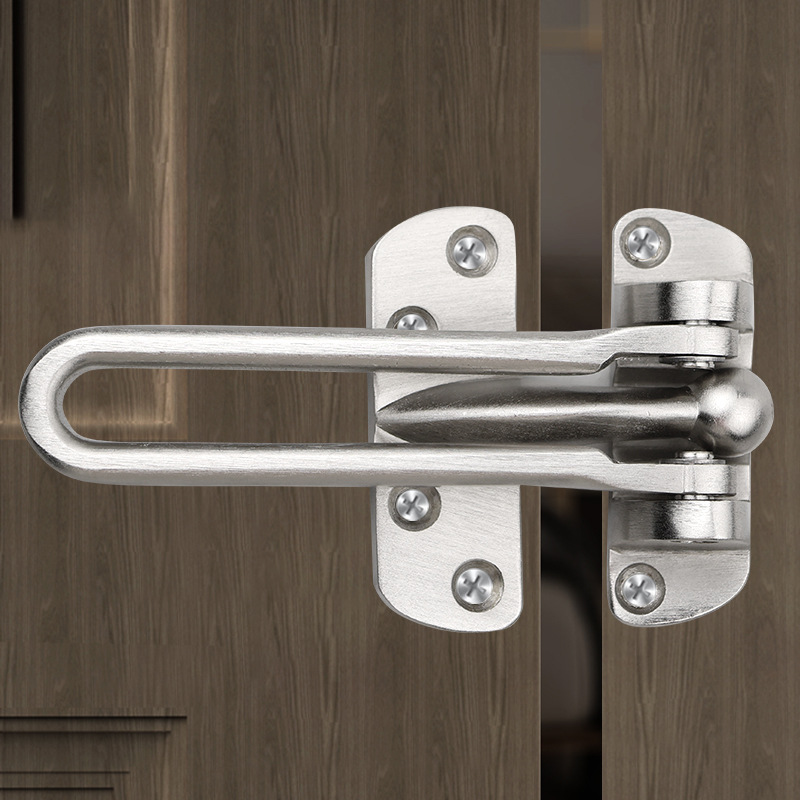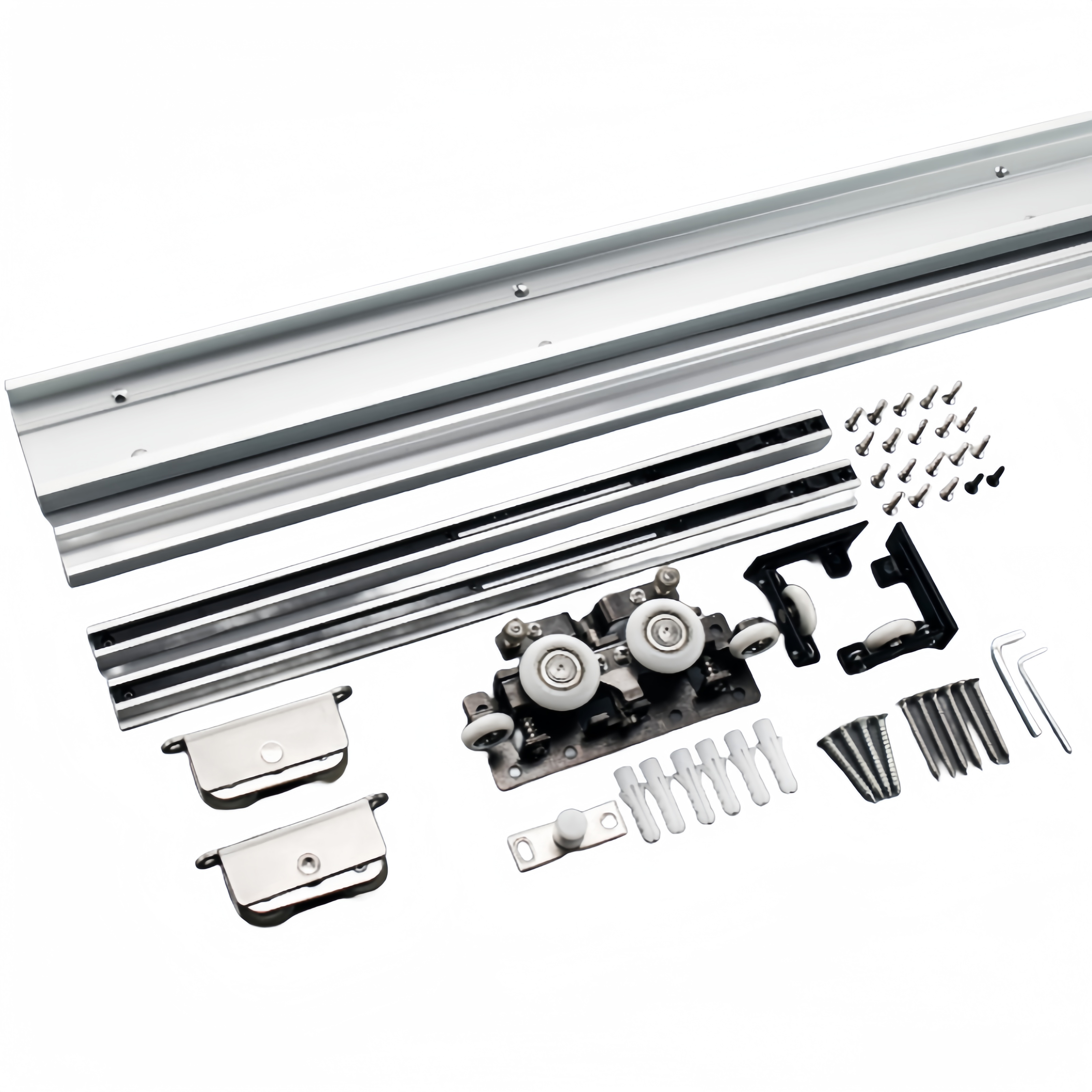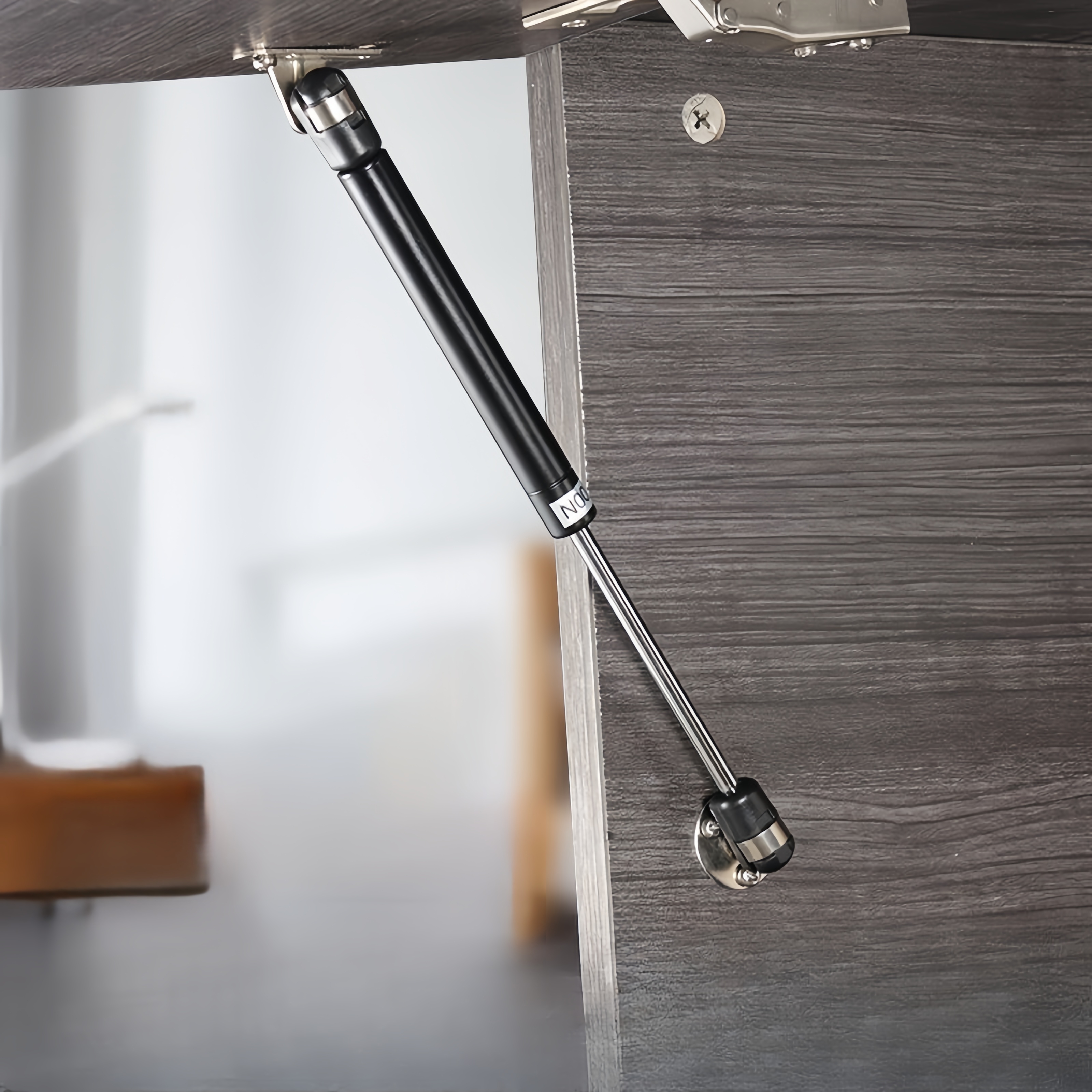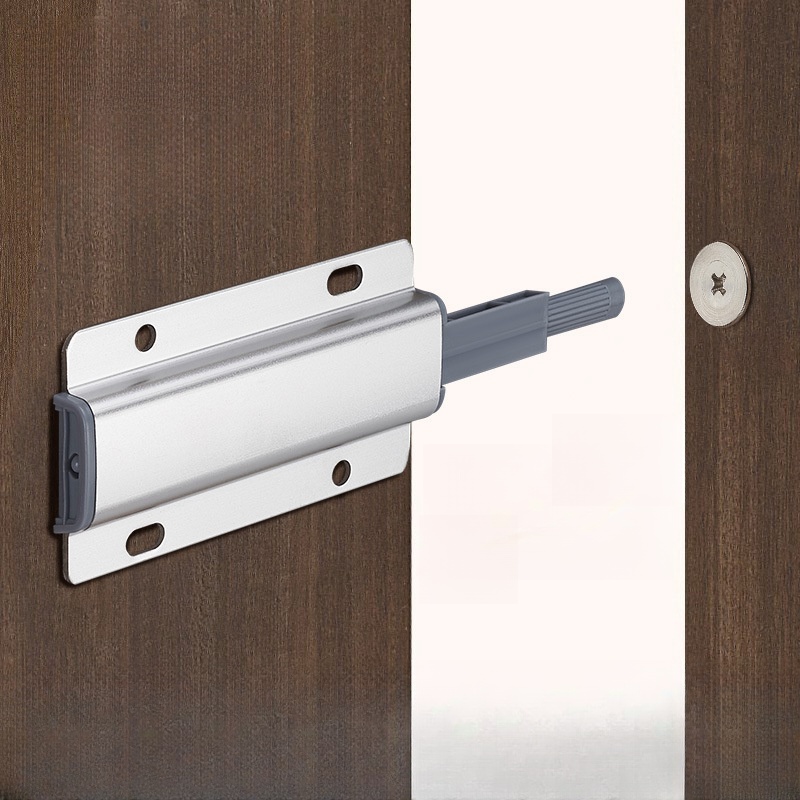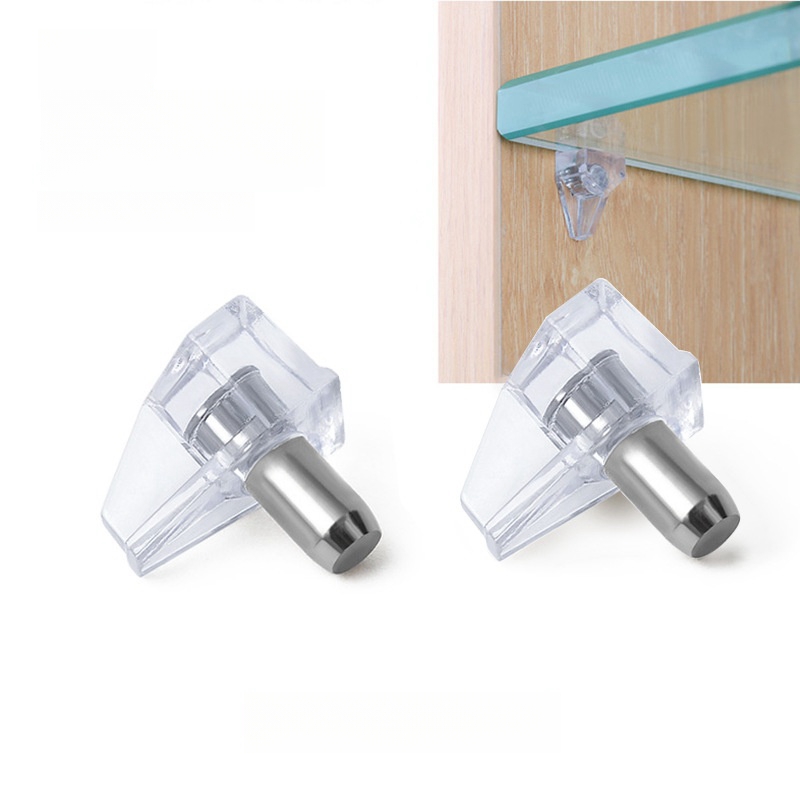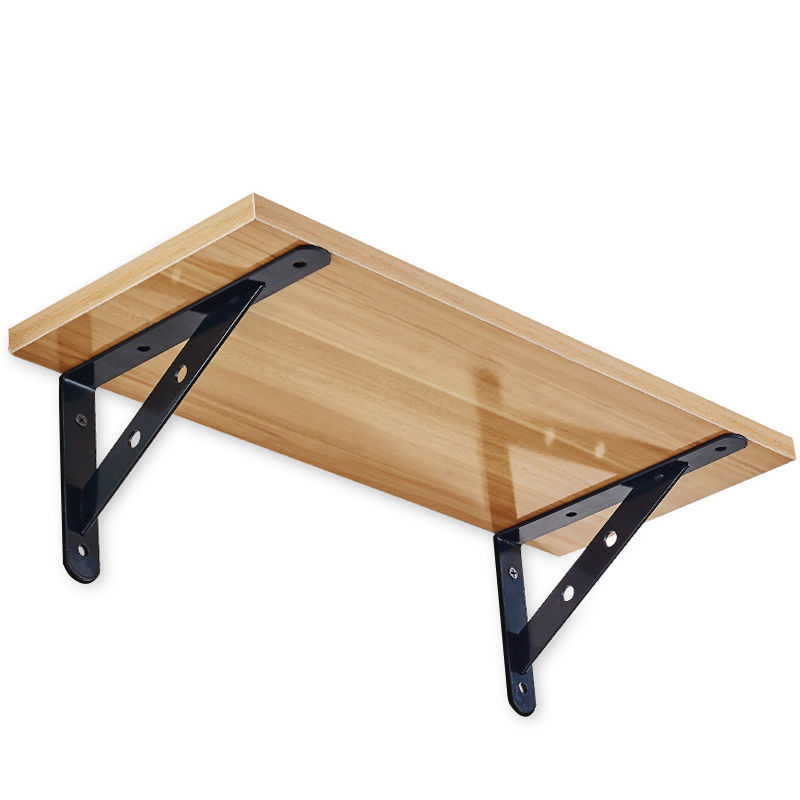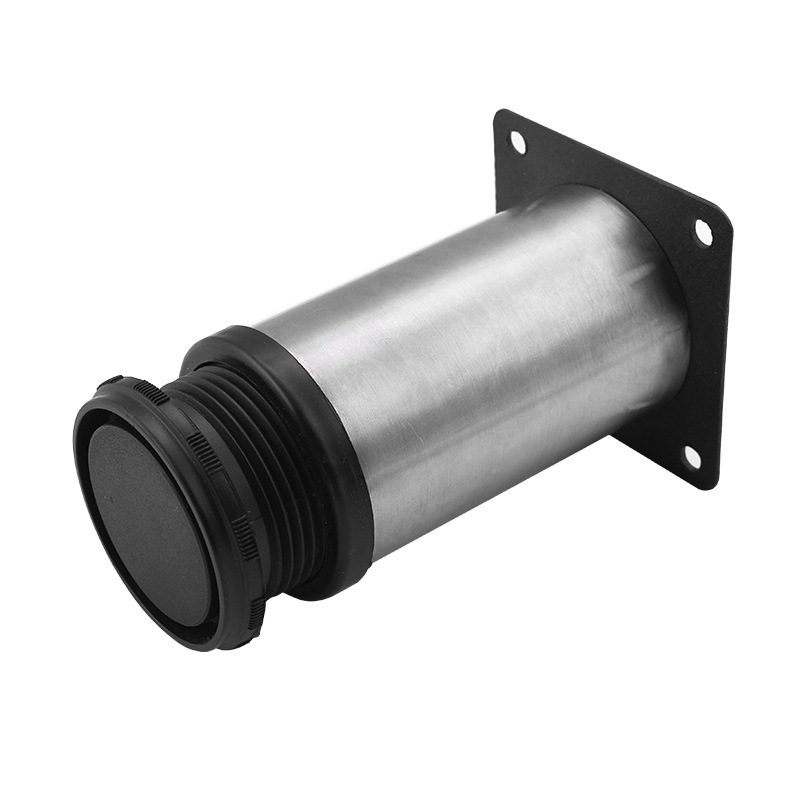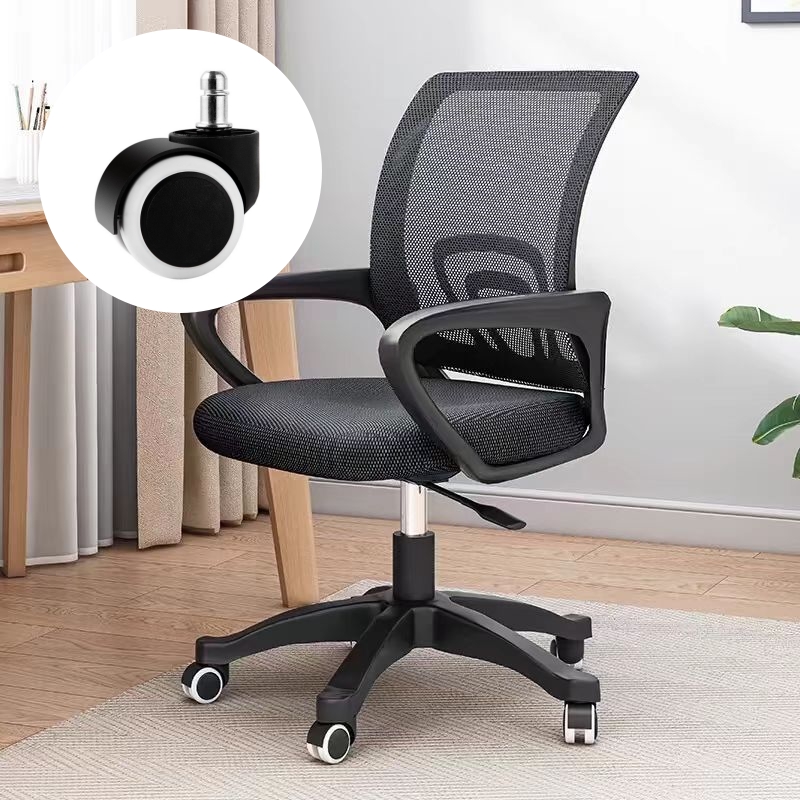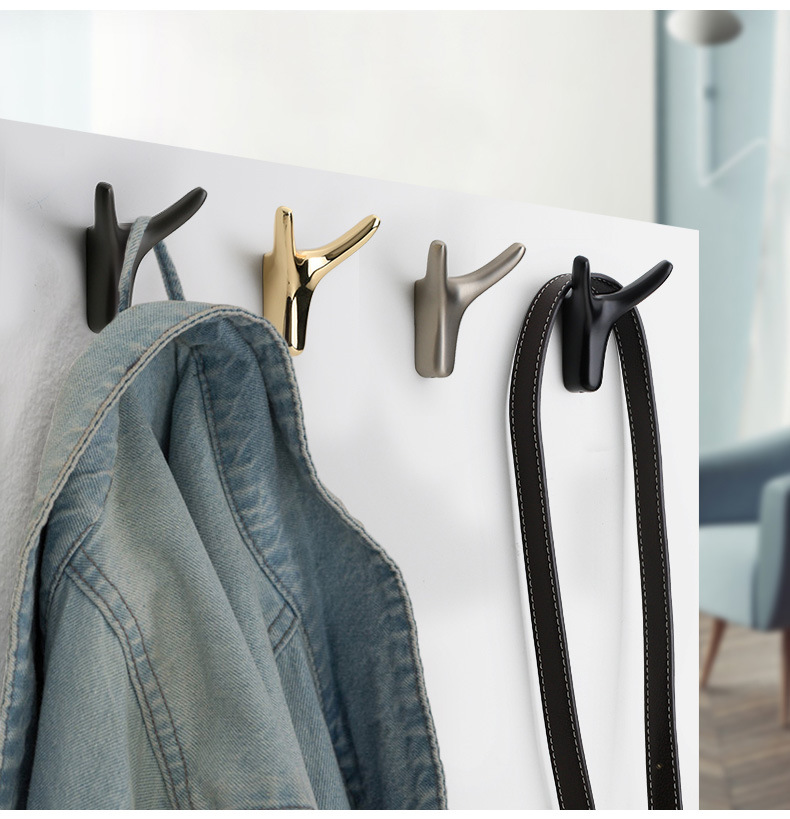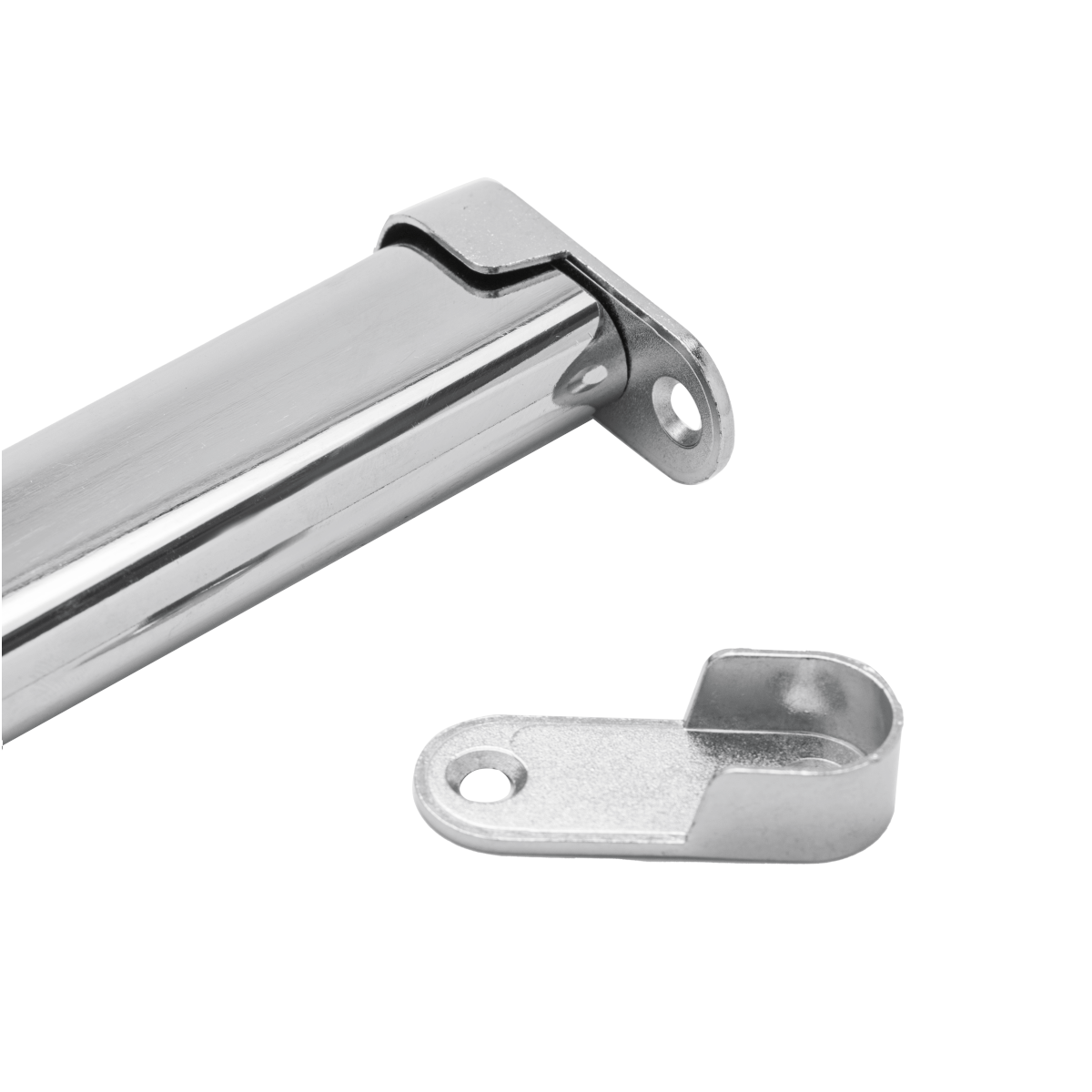
ABOUT
Guangzhou Toplink hardware Co., Ltd specialized in the production and export of furniture hardware fittings, with an experience of more than 14 years.
Our main products are drawer locks, cabinet hinges, sliding rails, cabinet handles, casters, cabinet legs and connecting fittings etc..
With a complete range of products, excellent performance and reasonable prices we have built up business with many customers all over the world.
We are committed to strict quality control and considerate customer service. We sincerely looking forward to becoming your best choice and the most reliable partner!
PRODUCTS
latch stuck in door frame
Understanding the Mechanism: How Door Latches Work
Before delving into the reasons for a stuck latch, it's helpful to understand the basic mechanics involved. Most modern door latches operate on a simple principle: a bolt (or latch bolt) extends from the door edge when the door is closed, engaging with a strike plate mounted on the door frame. This strike plate typically has a small recess to receive the bolt, holding the door firmly in place. The latch itself is often spring-loaded, retracting when the handle or knob is turned, allowing the door to open. A failure in any part of this simple system can lead to a stuck latch.
The latch mechanism might incorporate additional features, such as a deadbolt for enhanced security. These deadbolts operate independently, usually requiring a key to retract. While this article focuses on the primary latch mechanism, understanding the interplay of different components helps in diagnosing the root cause of the problem. The materials used in manufacturing, varying from cheap plastic to sturdy metal, also play a role in the latch’s longevity and resistance to jamming. Cheaper latches are more susceptible to warping or breaking under pressure, leading to frequent sticking.
Common Causes of a Stuck Latch
A stuck door latch can be attributed to a variety of factors. One of the most frequent causes is simply debris. Dust, dirt, paint, or small pieces of wood can accumulate within the latch mechanism, obstructing its smooth operation. This debris can interfere with the spring-loaded movement of the bolt, preventing it from retracting or extending properly. Regular cleaning and maintenance can often prevent this issue from arising in the first place.
Another common culprit is misalignment. Over time, the door frame or the door itself might shift slightly, causing the latch bolt to misalign with the strike plate. This misalignment can be subtle, but it can be enough to prevent the latch from engaging or disengaging smoothly. Even a slight expansion or contraction of the door due to humidity changes can cause misalignment. This is often more pronounced in older homes with less structurally sound frames.
Finally, wear and tear is a natural process that affects all mechanical components. Constant use of the latch can lead to wear and tear on the mechanism's internal parts. The springs may weaken, reducing their ability to retract the bolt effectively. The bolt itself might become worn or damaged, leading to rough movement and eventually jamming. In severe cases, the entire latch assembly may need replacement.
Troubleshooting and Solutions
Before resorting to drastic measures, try some simple troubleshooting steps. Firstly, inspect the latch mechanism for any visible obstructions. Use a small brush or compressed air to carefully remove any dust, dirt, or debris. Lubricating the latch with a light lubricant, such as graphite powder or silicone spray, can often help resolve minor sticking issues. Apply the lubricant sparingly and avoid using oil-based lubricants, as they can attract more dust and dirt.
If debris isn't the issue, check for misalignment. Carefully examine the alignment of the latch bolt with the strike plate. If the bolt isn't engaging properly, you might need to adjust the strike plate. This can often be done by slightly loosening the screws holding the strike plate in place and gently tapping it into the correct position. A small shim might be needed to correct more significant misalignments.
If the problem persists despite these attempts, you might need to consider replacing the latch itself. This is often a relatively straightforward task, but if you are not comfortable undertaking home repairs, it's best to call a qualified locksmith or handyman. Replacing the latch is often a more cost-effective solution than dealing with recurrent problems and potential structural issues caused by trying to fix a worn-out latch.
Preventing Future Problems
Preventing a stuck latch is significantly easier than dealing with the consequences. Regular maintenance is key. Periodically inspect the latch mechanism for any signs of wear, tear, or debris. Clean the mechanism regularly using a brush and compressed air. Lubricate the latch as needed to ensure smooth operation. This simple preventative maintenance can save you considerable frustration and potential repair costs in the long run.
Beyond regular cleaning and lubrication, consider the overall condition of your door and frame. Ensure that the door is properly aligned within the frame. If the door is sagging or warping, address the underlying structural issues to prevent further misalignment. Regular inspection of your door and frame can prevent these underlying problems from worsening to the point they cause latch issues.
Investing in high-quality door hardware can also help prevent problems. While more expensive upfront, durable latches are less prone to wear and tear and are significantly less likely to become stuck. This long-term investment often saves money and inconvenience over the lifetime of the door.
SUBSCRIBE
INQUIRY
